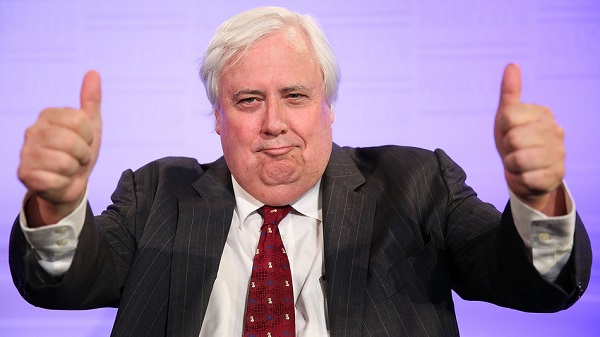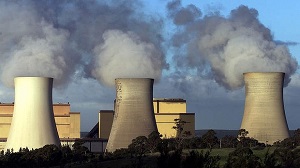While the Senate has not yet passed the bill to repeal the ETS the question arises as to when if ever carbon pricing will return. I’m not a psephologist but I suspect that the Palmer United Party are going to be in a similar position after the next election of having a stake in the balance of power, perhaps more so! Given that Labor appear set on retaining carbon pricing as part of their policy platform and the Greens will sign up to a reasonable scheme, the introduction of carbon pricing appears to depend on either the Liberals growing up or PUP.
Assuming PUP don’t change their mind they have said we won’t have emissions trading until India, China, the USA, Europe, Japan and South Korea do it. So the prospects of carbon pricing appear to depend on the US Tea Party losing a controlling position in the US Senate, or the Australian Tea Party turning into a mature modern party that respects the science.
The most likely to give I think is the PUP. Recall what Bernard Keane said at Crikey:
The key to understanding Palmer is that he’s always about what’s ahead. What’s in the past is irrelevant. The issue of consistency simply doesn’t arise, because Palmer eternally moves forward, toward the next announcement, the next stunt.
Palmer has said that PUP are going to be on the right side of history. The international scene is likely to be somewhat fluid leading up to the UNFCCC Conference of Parties in Paris in December 2015 where a legally binding post Kyoto deal will be attempted. Negotiations under the UNFCCC are almost continuous but the next big event is in September 2014 when UN Secretary-General Ban Ki-moon has invited world leaders to a Climate Summit Catalyzing Action:
This Summit will be a different kind of Climate Summit. It is aimed at catalyzing action by governments, business, finance, industry, and civil society in areas for new commitments and substantial, scalable and replicable contributions to the Summit that will help the world shift toward a low-carbon economy.
In preparation for the summit economist Jeffrey Sachs’s Deep Decarbonization Pathways Project has produced an interim report plotting specific measures for the world’s 15 largest economies “to cut their emissions quickly and deeply enough to meet an international agreed goal of limiting warming to two degrees above pre-industrial levels.”
The 15 economies are, in alphabetical order, Australia, Brazil, Canada, China, India, Indonesia, Japan, France, Germany, Mexico, Russia, South Africa, South Korea, the UK, the USA.
I’ve highlighted the ones nominated by Palmer.
The report
found that it’s technically possible for Australia to get almost all of its electricity from renewable sources by 2050 and to offset the rest by storing carbon in soil or planting more trees.
We can do this while growing our GDP at 2.4% pa.
The importance of Australia’s role in New York in September is possibly two-fold.
Firstly, will Abbott be embarrassing? Will he be negative and disruptive or just irrelevant? It’s extremely unlikely that he will show any vision or learn anything.
I did hear that he was going to be too busy at home destroying Labor’s legacy in climate change to attend. No doubt Julie Bishop will fill in since Greg Hunt is not allowed out alone.
Secondly, and of greater importance, will Palmer as a result of what other leaders say decide that Australia should ride at the head of the peloton and show a bit of leadership without breaking away?
Palmer saves the world!

Meanwhile here on the local scene PUP are planning to introduce their ETS on trainer wheels as an amendment to the legislation proposing the demise of the Climate Change Authority.

